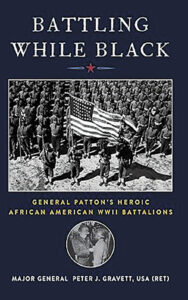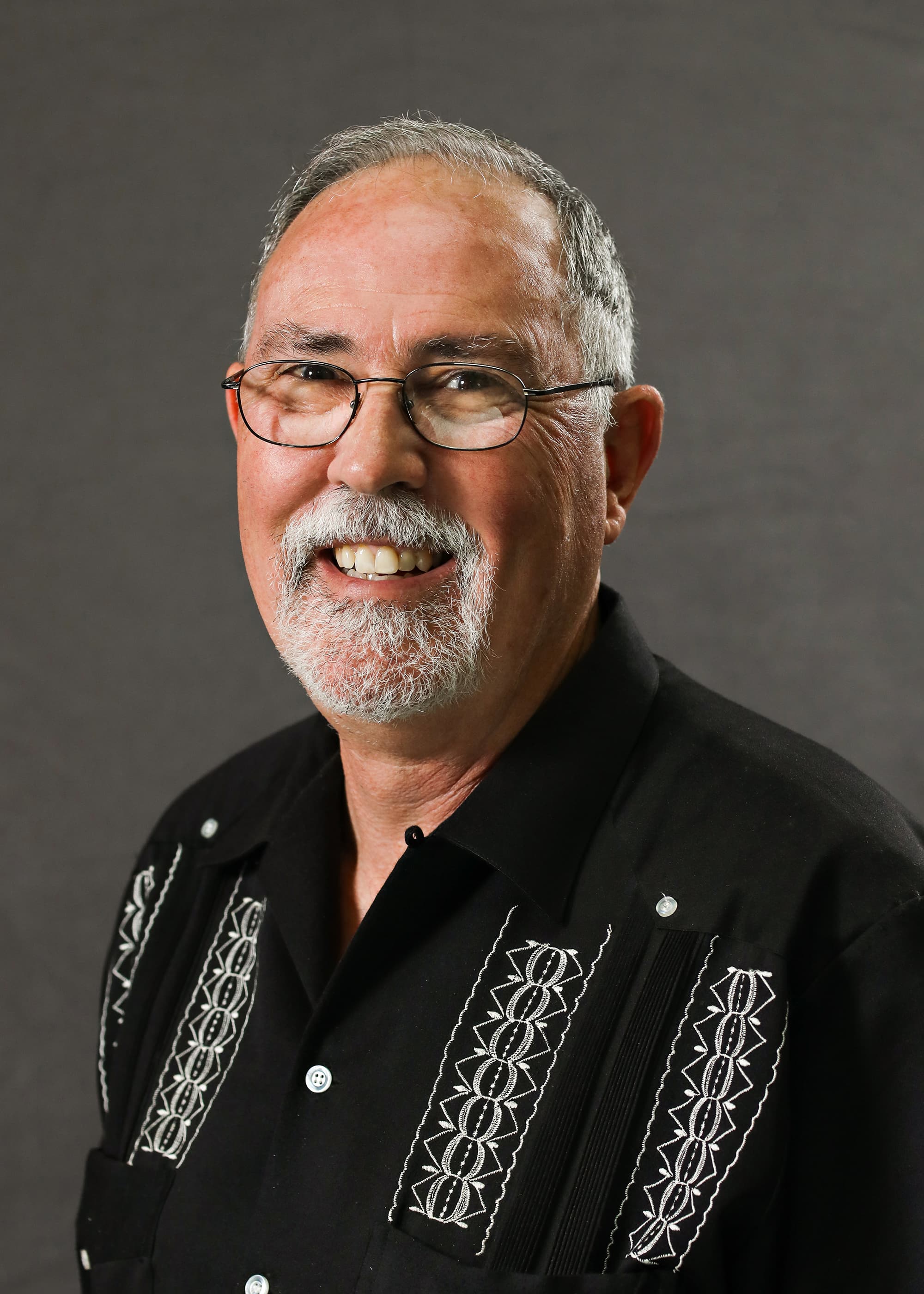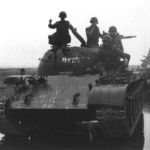The contributions of Black Americans to victory in World War II, long overlooked, is the subject of a new book by San Pedro’s Peter Gravett, retired Army major general.
The aptly titled Battling While Black, subtitled General Patton’s Heroic African American WWII Battalions, focuses on four units that played little-known but key roles on D-Day and in the famous 3rd Army as it marched across Europe: the 320th Barrage Balloon Battalion, 761st Tank Battalion, 333rd Field Artillery Battalion, and 6888th Central Postal Battalion.

Gravett puts the accomplishments of the men and women who served in those units — and all Black soldiers in uniform in WWII — in perspective with an introduction about the now infamous 1925 Army War College Report, known as “The Study,” released to “furnish a basis for the employment of the Negro in the next war.”
Based on highly speculative research and prejudicial opinions, “The Study” was used to justify a segregated military and biased views that prevailed among the majority of America’s military elite through the end of the war. Patton himself, arguably America’s finest field commander, while lauding his Black soldiers in public, privately expressed his disdain for them.
Fortunately for America’s war efforts, most of the Black servicemen and servicewomen chose to be motivated rather than intimidated by the blatant discrimination they faced both on the home front and from their own leaders on the war front. The results paved the way for the postwar integration of the military, which led to success by men such as Gravett.
Amply illustrated with archival photographs, heavily footnoted, and including an extensive bibliography, Battling While Black is unique not only for its theme but because it introduces WWII history buffs like myself to two noncombatant formations that have probably not received much attention in the past.
I’ve seen the pictures of barrage balloons hanging over the D-Day beaches but never knew it was the 320th that arrived on Omaha Beach on June 7 and put up the aerial barriers that helped keep the Luftwaffe at bay. A newspaper correspondent who was there called the 320th’s balloon curtain “one of the most important missions of the war.”
And if you’ve seen as many war movies as I have, you know what it meant for servicemen in far-flung foreign fields of battle to receive mail from home. As Gravett notes, “During wartime (and in peace), no matter the decade or circumstance, it’s impossible to overstate the importance of mail for the morale of soldiers.” It was a tremendous undertaking getting that mail delivered, and it was the Women’s Army Auxiliary Corps’ 6888th, arriving in England in January 1945, that cleared the backlog within three months.

Major General Peter J. Gravett. (photo: peterjgravett.com)
In between the 320th’s heroics at Normandy and the arrival of the 6888th, the 761st and 333rd were deep in combat as the Nazi war machine retreated across France and into Germany. The 761st was used reluctantly at first only because there were no white replacements due to attrition. However, spearheading numerous attacks as Patton’s 3rd Army advanced, the all-Black tankers proved equal to companion white outfits and earned the grudging admiration of commanders on all levels.
The 333rd did yeoman work with its 155mm “Long Tom” howitzers, supporting numerous victories, earning a long-awaited “rest” in the Ardennes in December 1944. The battalion ended up being in the path of the leading elements of the Nazi counterattack in the Battle of the Bulge; it was overrun, and those who weren’t killed or escaped were taken prisoner. In one of many ironies, as POWs, the 333rd’s Black enlisted soldiers found themselves living with white soldiers, an unheard of circumstance beforehand.
Gravett’s anger at the white military establishment of the time is matched only by his respect for how Black soldiers performed in spite of facing prejudice at every turn. It gives new meaning to the term “Greatest Generation.”
Battling While Black, written by the son of a man who was a proud member of the Tuskegee Airmen crew, is a worthy addition to the growing canon of literature and film that is making sure the Black experience is no longer a footnote to WWII. spt







Comments